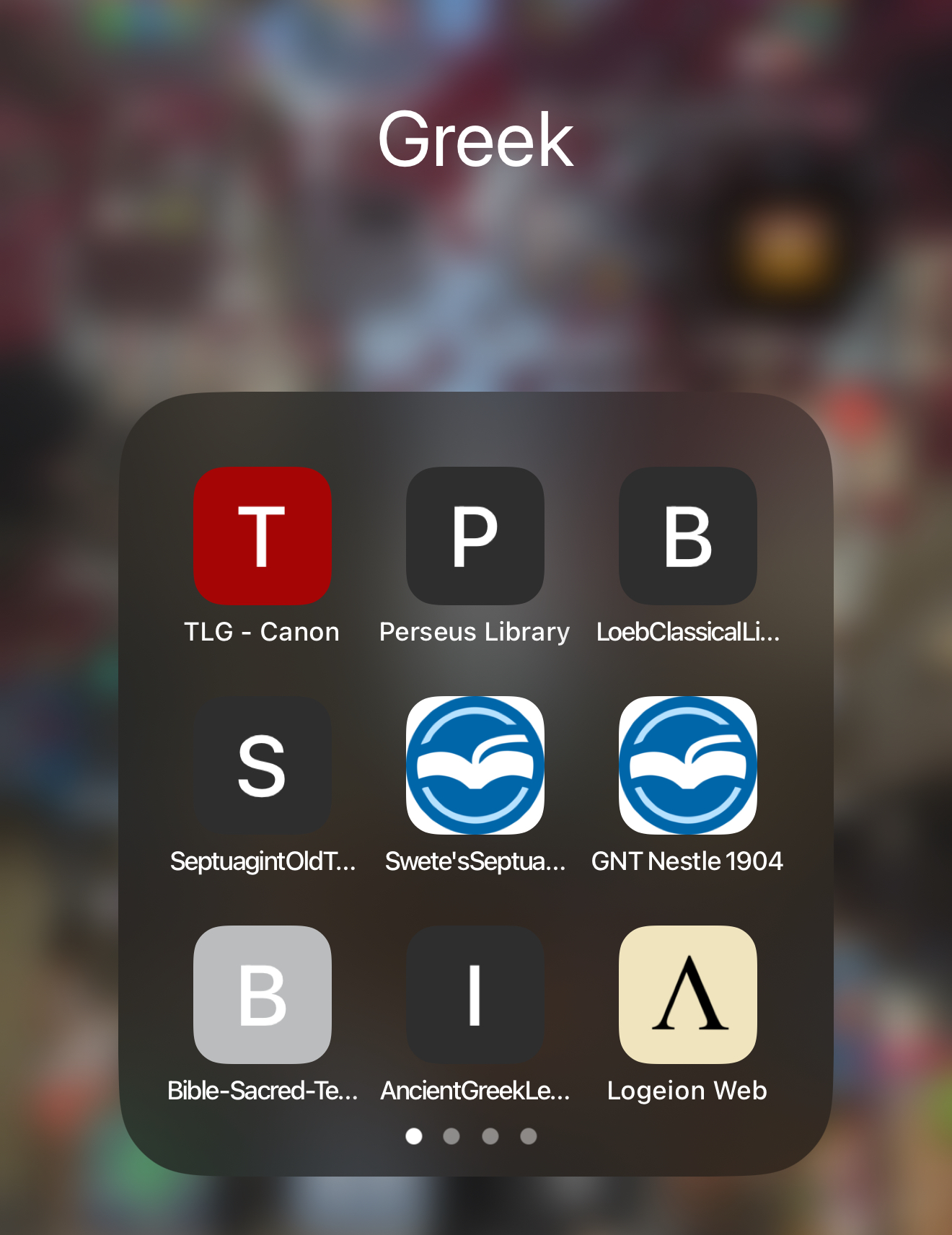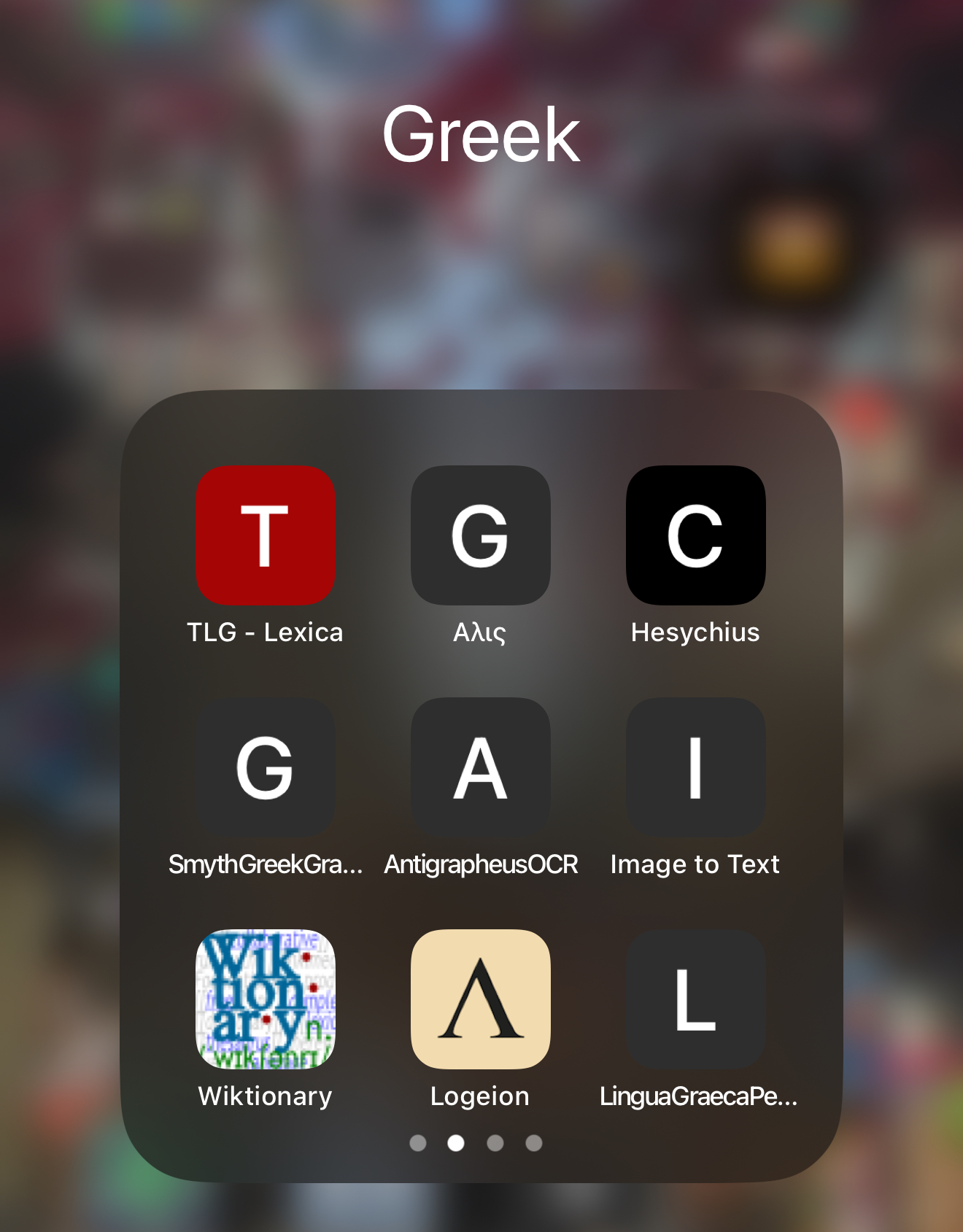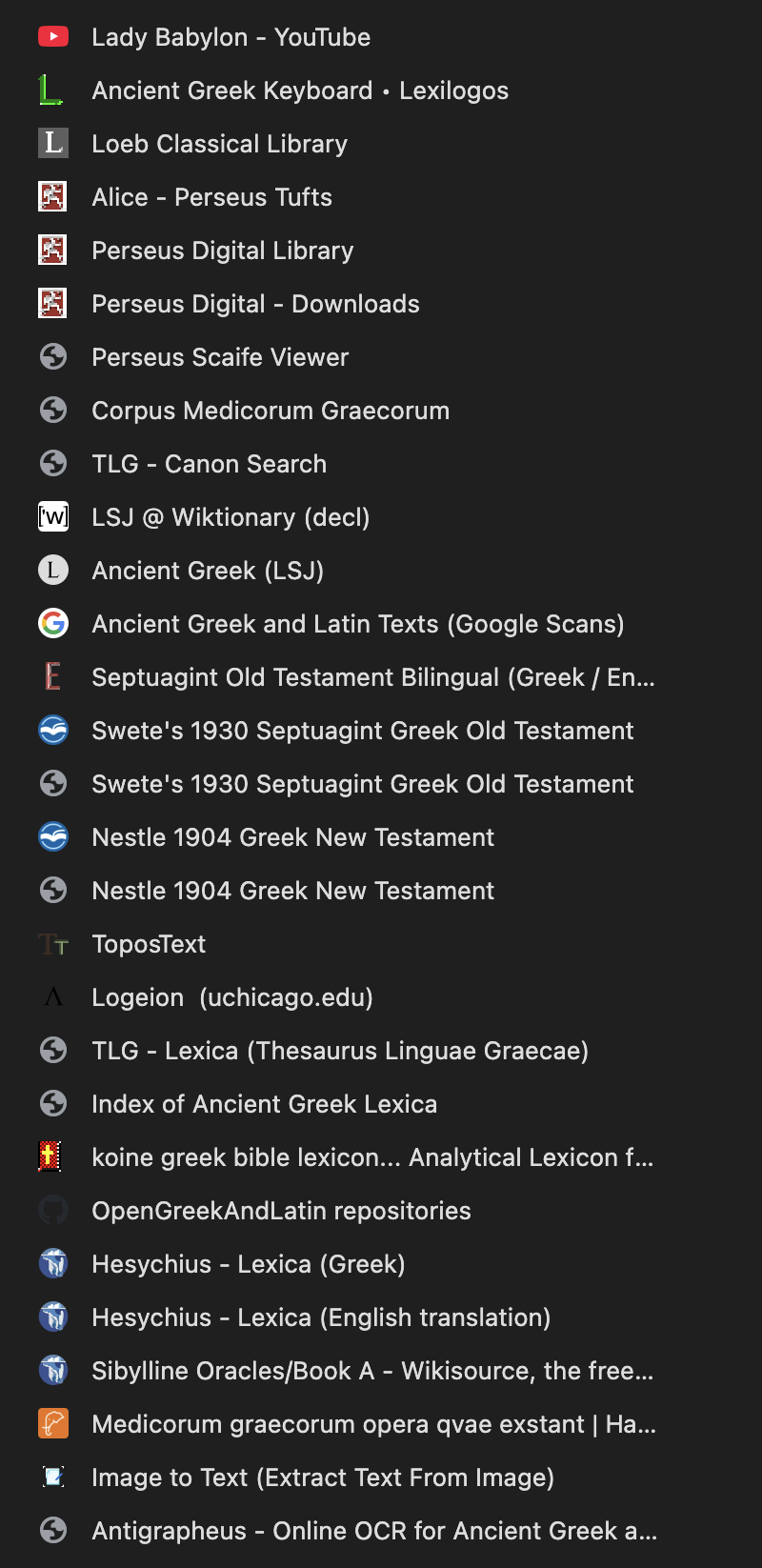Wiki Topic Guide
- For New Authors
- Topic Types
- Formatting Guide
- Resources and Tools
For New Authors
New Authors should look around and find a best example that matches their intention, emulate and learn from those.
- Please read. Below is a rough style guide, to set some standards and guidance.
- Get familiar with Resources and Tools, they'll help you in everything you write!
- Get familiar with Topic Types and Formatting Guide, to frame your thinking, guide your style.
- No Login? First time?
- Google Doc: You can submit to someone who has access, using a Google Docs document, just make it public (anyone with the link can view) and share the link and we'll take a look. If good, you can do more and we'll get them up.
- Text file also works, you can format using basic markdown: headings (#), bold (**), italics ( *), bullets (- ), links ([title]<remove me>(url)). NOTE: There is not one markdown standard. We have our own. Keep it simple.
Get early feedback.
We'll be kind.
Topic Types
There are 3 topic types:
- Transcripts of LiveStreams
- Notes for LiveStreams
- Articles
Articles will have a large range of topic possibilities, from People, Places, Names, Etymology, Translation, Concepts, Philosophy, and more...
Topic Type: Video Transcripts
Difficulty: Easy, with some technical writing if desired
How do we think about transcripts?
- Standalone: A transcript should be standalone, and not require the video at all.
- Imagine publishing a standalone book with this, it should be an easy and interesting read with all the information needed to engage the reader.
- Supplemental Information should be added to help the reader with backstory or terms
- Small supplemental information can be added inline
- Large supplemental information can be referenced, rather then put inline
How we create transcripts
- Start with the YouTube transcript
- Copy/Paste from the livestream into the youtubeTranscriptCleanup tool to cleanup, then Paste into the wiki topic
- Edit extensively to
- fix up all the foreign language words (Greek, Latin, etc), YouTube's voice-to-text butchers these
- remove all the repetitions, keep it concise
- fix all mis-speaking / stutters
- remove "right?" from the end of every sentence
- fix or tighten wandering or meandering speech
- generally clean it up for easy consumption / reading by anyone (expands the audience and comprehension)
- Add Supplemental Information within the transcript
- terms (as bullets, with foreign language word + english transliteration + definition)
- literature quotes (as a breakout box, with: title, quote, translation)
- lexicon entries (as a breakout box: pasted from Alice to keep links & formatting)
- notetaker provided backstory (as a breakout box)
- Add Screenshots within the transcript:
- Please dont paste in screenshotted images of text, it bloats the server.
- Instead, use OCR to copy the text out. See Formatting Guide for examples and tips.
- Add backstory if something is unclear to the layperson reading. As bulleted terms, As a break-out box (to clearly show supplimental material from the notetaker)
See Formatting Guide for formatting style conventions.
Topic Type: Video Notes
Difficulty: Difficult and Technical
Video Notes are to compliment a video, presenting all factual content, easy to follow along, as a reference.
Notes should also be completely standalone, not require the video.
What do we take notes on - facts
- Focus on facts, avoid the irrelevant details
- Drama or rants: only if it makes an important point to the material, otherwise skip it
- Banter with the audience? only if it reveals some insteresting fact, otherwise skip it
- Mentions of Personal or Personalities? only if it makes an important point to the material, otherwise skip it
- Current Events? prefer to generalize the information. avoid anything that will make this wiki topic out of date in a year. If you must add it (e.g. making a great point about fundamentals of democracy) then cite the year/month of the example, clearly state the example, and maybe mention history repeats see this example.
How we take notes - Ideal Approach
- Notes should stand alone. Not require the original video. Think: If youtube takes this down, will people still learn from SomaLibrary? Or would SomaLibrary be broken?
- generally clean it up for easy consumption / reading by anyone (expands the audience and comprehension)
- Organization: (pick one)
- same order as the livestream, for easy follow-along.
- completely reorganized, in those rare cases that everything presented just amounts to a list of bulleted terms.
- partial, when no time / only taking partial notes, then clearly leave a TODO at the top to indicate it's incomplete (life happens! some is better than none)
- Add Supplemental Information within the transcript to add clarity
- terms (as bullets, with foreign language word + english transliteration + definition)
- literature quotes (as a breakout box, with: title, quote, translation)
- lexicon entries (as a breakout box: pasted from Alice to keep links & formatting)
- notetaker provided backstory (inline parenthesis; or as a breakout box)
- Add Screenshots within the transcript:
- Please dont paste in screenshotted images of text, it bloats the server.
- Instead, use OCR to copy the text out. See Formatting Guide for examples and tips.
- Add backstory if something is unclear to the layperson reading. As bulleted terms, As a break-out box (to clearly show supplimental material from the notetaker)
How we take notes - Minimum / Lazy approach
- copy youtube transcript, fix up all the greek words, remove all the repetitions, fix all mis-speaking / stutters, remove "right?" from the end of every sentence, clean it up.
- add a box at the top stating the article is under construction, needs work
See Formatting Guide for formatting style conventions.
Topic Type: Articles
Articles are freeform journalistic pieces where you're:
- pulling together information from many articles and sources
- telling a story
- laying out an evidence chain
You'll use techniques learned in Notes and Transcripts, for your Articles.
Articles should ideally pull together facts from relevant transcripts, notes, or external sources. Articles may be original work. Articles should cite sources, ideally, to be deeply credible, otherwise it will be perceived as one person's information. Credibility is as strong as 1. your arguments and 2. your sources. Use your judgement to determine the right mix of sources and story telling (that laying out of information, evidence chains, arguments).
If creative or historical fiction, please state that at the top, clearly.
See Formatting Guide for formatting style conventions.
Formatting Guide
Below are examples of formatting standards that you should use in wiki topics.Formatting Guide: Google Docs or Word
Some people start writing in Google Docs, and then paste into the wiki
Here is your advice to make that final paste go smoothly:
- Always use styles rather than the font-selector and font-size settings
- E.g. "Heading 1" or "normal text" are really all you need. Maybe "Heading 2" or "3"
- Use bold/italics inside the "normal text" style for emphasis
- Use bullets to organize hierarchical concepts
- For special blocks like quoting greek text, create a box and work in there with the "normal text" style
- For monospace (where letters line up columnar) then reach for the font-selector without any shame
- Keep your original Images, so that you can paste those in separately.
Formatting Guide: Images
Paste images if necessary to make a point. ⚠️ Avoid taking up server space!Good Examples:
- e.g. a picture of caduceus in an article about early Medicine Rites involving the mystery pharmakon
- e.g. a picture of tyrian purple dye, in an article about tyrian purple
- e.g. pictures of medusa carvings over time, to show early representations (just hair) vs later (with snakes for hair).
Add Screenshots within the transcript:
- Add only relevant presented pictures.
- Expected Types: supporting images only, no pictures of text
- ⚠️ Please dont paste in screenshotted images of text ⚠️
- it bloats the server
- prevents people from easy copy/paste for further research
- Extract the text instead (see below)
- Screen Grab
- iOS - power + upvolume
- MacOS - CMD+SHIFT+4 and draw a box (saves to Downloads or Desktop usually)
- Windows - Windows + Print Screen to capture the entire screen and automatically save it to the Pictures > Screenshots folder
- Extract the Text
- Use OCR to copy the text out.
- iPhone photos allows you to select text (works with english)
- Use an OCR app - a few listed in our resources section
Formatting Guide: Terms
Terms help ground the reader in meaning, should be easy to see/findAlways put terms in bullets:
- πειραστὴς (Perastes) - one who is applying that pressure, who is testing
- πειρατὴς (Perates) - is the Lestes of the sea
Formatting Guide: Providing Sources
Sources lend credibility, provide further depth of study.Direct Quote
Put into a box, with: title (if available), quote, translation (if available)(419*) a. Or. 24, 1 in sede Philoxeni; Or. 612, 37 Werf. (codd. HI): αἴξ· παρὰ τὸ ἀΐσσω, τὸ ὁρμῶ, οὗ ὁ μέλλων αΐξω, ἀποβολῇ τοῦ ω καὶ συναλιφῇ αἴξ· ὁρμητικὸν γὰρ τὸ ζῷον.
αἴξ — from ἀΐσσω, ‘to dart, rush forward,’ whose future is αΐξω; by dropping the ω and contracting it becomes αἴξ; for the animal is impetuous.
Backstory, inline using Parenthesis
The Greeks were doing abc (see Reference for more info)
Backstory, as Box
Bibliography / Sources
Give: name of publication, author, year, relevance to articlePut into bullets:
- The Chemical Muse, Dr DCA Hillman, PhD, 2008 - Reveals medicine use in ancient Rome/Greece
See also
- See also: Reference - for more information
Formatting Guide: Adding Your Own Commentary or Backstory
as text:
The Greeks were doing abc (from the notetaker: I think this means xyz)
as a box:
as a Commentary section:
## Commentary (Heading)
I think this and that, because of other and thing, therefore I think this is what's really happening in the above. (Paragraph Text)
Formatting Guide: Leaving a warning at the top of page
Use a top-box to communicate clearly. Also to get the attention of other Authors to fill in detailsExamples:
Formatting Guide: Other Formatting Best Practices
- See also formatting best practices for others
Resources and Tools
Authors will utilize several tools to help them fill in supporting information.
- See the Resources here, for complete list of tools
- Or scroll down for shorter list of Frequently Used Tools...
Help yourself by creating quick-access bookmarks


Bookmarks - Greek Folder on Mobile Phone

Bookmarks - Greek Folder on Desktop
Frequently Used Tools
- Lexicon
- Perseus LSJ (aka Alice) - Alice, after his daughter. This is a good modern lexicon for Ancient Greek. Hosted by Perseus tufts, you can choose other lexicons as well, but LSJ is a good default to go to.
- Hesychius is essential when we're talking about ancient Greek mysteries. This is an ancient lexicon from ~5th century CE.
- Sources
- Thesaurus Lingua Gracae - full access with subscription (which is free today), limited free access with login
- Perseus Scaife Viewer
- Perseus Digital Library - Perseus Hopper Greek and Roman Collection
- Greek Old Testament Septuagint (Swete 1930) on Biblehub. GitHub, text file
- Greek New Testament (Nestle 1904) on BibleHub. GitHub, text file
- Images: Extract Text (OCR)
- https://www.imagetotext.info/ - for mix of greek + english or latin
- https://dcthree.github.io/antigrapheus/ - for greek only
- iPhone lets you naturally copy/paste text from images (YMMV with Ancient Greek).
- YouTube Transcripts
- Clean up tool youtubeTranscriptCleanup - removes timestamps, builds paragraphs
- Keyboards: Makes it easy to edit or look up words
- Hoplite Greek Keyboard (iPhone) - polytonic greek keyboard
- Hoplite Greek Keyboard (Android) - polytonic greek keyboard
- your operating system has various non-english keyboards you can switch to